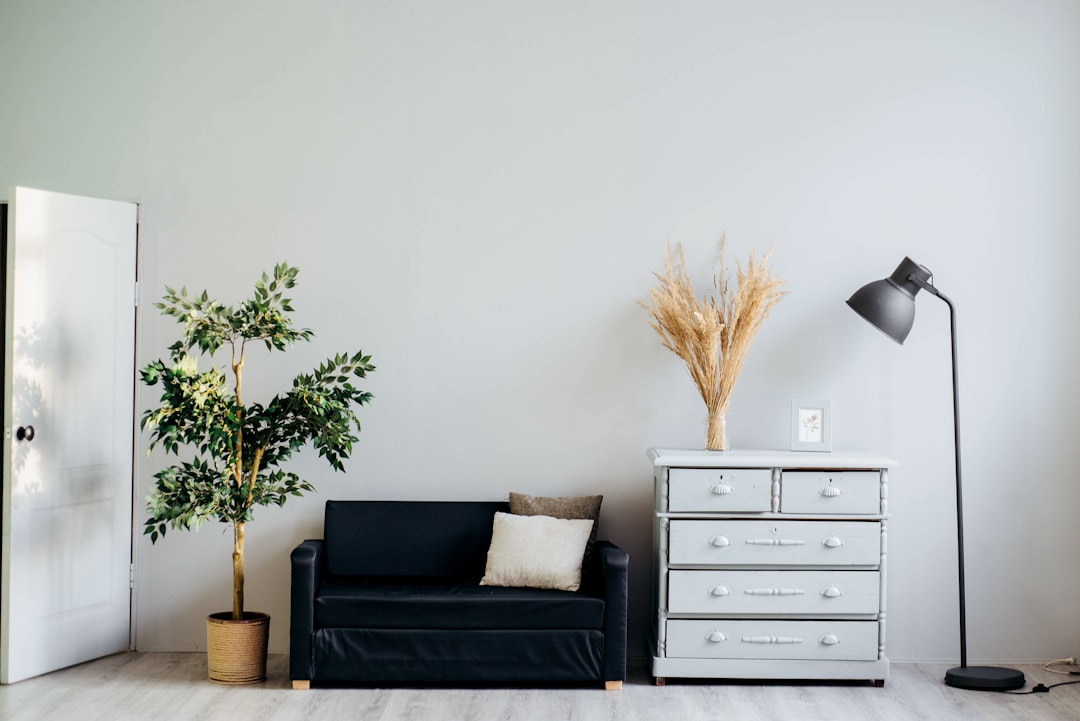Introduction
If you’re tired of your outdated light fixtures, or if you just want to upgrade the look of a room, replacing your light fittings can be a great way to make a statement. While it might sound daunting, with the right tools and a little bit of know-how, it’s actually a relatively simple job that you can do yourself. In this guide, we’ll take you through the steps of replacing your light fittings, including how to safely remove the old fitting, how to install the new one, and some tips for choosing the right fixtures.
Step 1: Gather Your Tools and Materials
Before you start, you’ll need to make sure that you have all the tools and materials you’ll need. Here’s a checklist to get you started:
- Screwdrivers (flathead and Phillips)
- Pliers (needle-nose and regular)
- Wire strippers
- Electrical tape
- Voltage tester
- New light fixture
Pro tip:
Make sure you turn off the power to the fixture before you start working on it. You can do this by flipping the circuit breaker or by unscrewing the fuse for that area of your house.
Step 2: Remove the Old Fixture
Once you have your tools and materials, it’s time to remove the old light fitting. Here’s how:
- Remove the light bulb and any glass or plastic covers that are covering the fixture.
- Locate the screws or fasteners that are holding the fixture to the ceiling or wall. Use a screwdriver to remove them, and gently lower the fixture down.
- Use a voltage tester to make sure that the wires aren’t live.
- Untwist the wires connecting the fixture to the electrical box. You may need to use wire cutters or strippers to remove any excess wire.
Pro tip:
Take a picture of the wiring before you disconnect it so you can refer back to it when you’re installing the new fixture.
Step 3: Install the New Light Fixture
Now that you’ve removed the old light fitting, it’s time to install the new one. Here’s how:
- If your new fixture requires a mounting bracket, attach it to the electrical box using the screws provided.
- Connect the wires from the new fixture to the wires in the electrical box, matching the colors (black to black, white to white, etc).
- Twist the wires together clockwise and then screw a wire cap onto each connection. Make sure the wire caps are tight and secure.
- Gently tuck the wires into the electrical box and line up the holes on the fixture with the screws on the mounting bracket. Tighten the screws to secure the fixture in place.
- Attach any covers or plates that came with the fixture, and screw in the light bulb.
Pro tip:
Before you finish, double-check that all of the wires are secure and that the light is working correctly. Once you’ve confirmed that everything is working, turn the power back on.
Step 4: Choosing the Right Light Fixtures
When it comes to choosing the right light fixtures, there are a few different factors to consider. Here are some things to keep in mind:
- The style of the room: You want your light fixtures to complement the overall style of the room. For example, if you have a modern, minimalist space, you might opt for sleek, simple fixtures, whereas if you have a more traditional home, you might choose more ornate fixtures.
- The function of the space: Different rooms have different lighting needs. For example, you might want brighter, more focused lighting in your kitchen or office, while you might prefer softer, more ambient lighting in your bedroom or living room.
- The size of the fixture: Make sure you choose a fixture that’s appropriately sized for the space. A tiny fixture in a large room will look out of place, while an oversized fixture in a small space can be overwhelming.
Pro tip:
Don’t be afraid to mix and match different types of fixtures in a room. For example, you might have a bold pendant light over your dining table, but opt for understated wall sconces on the surrounding walls.


